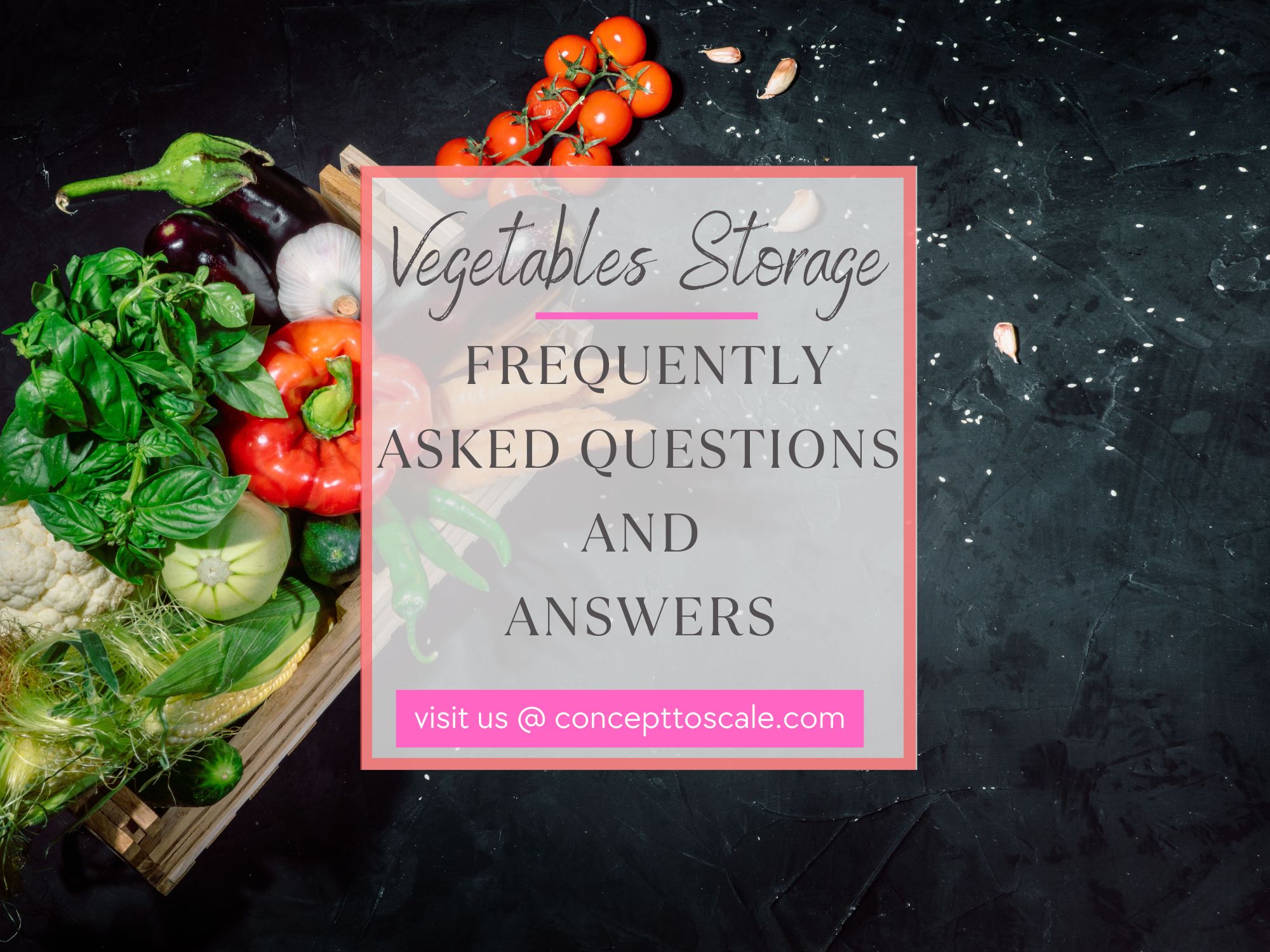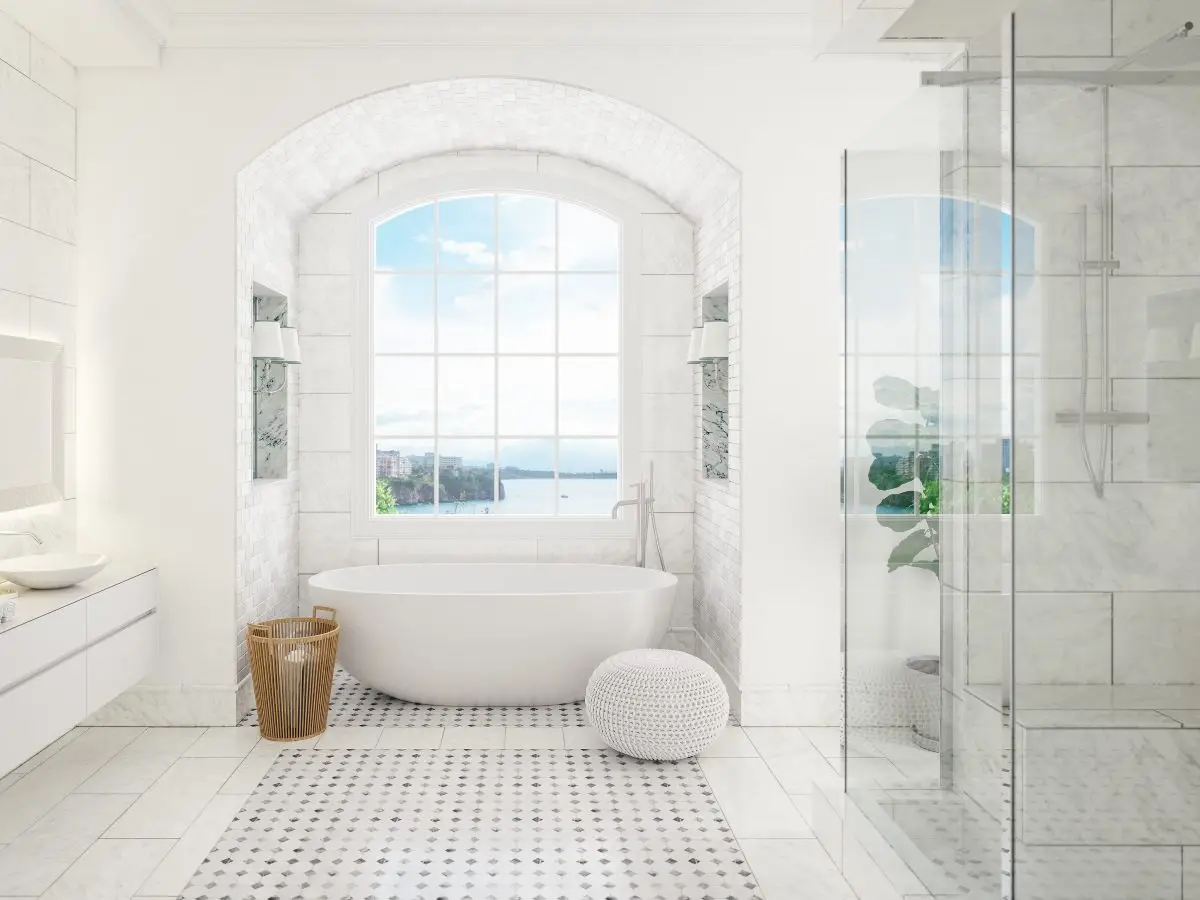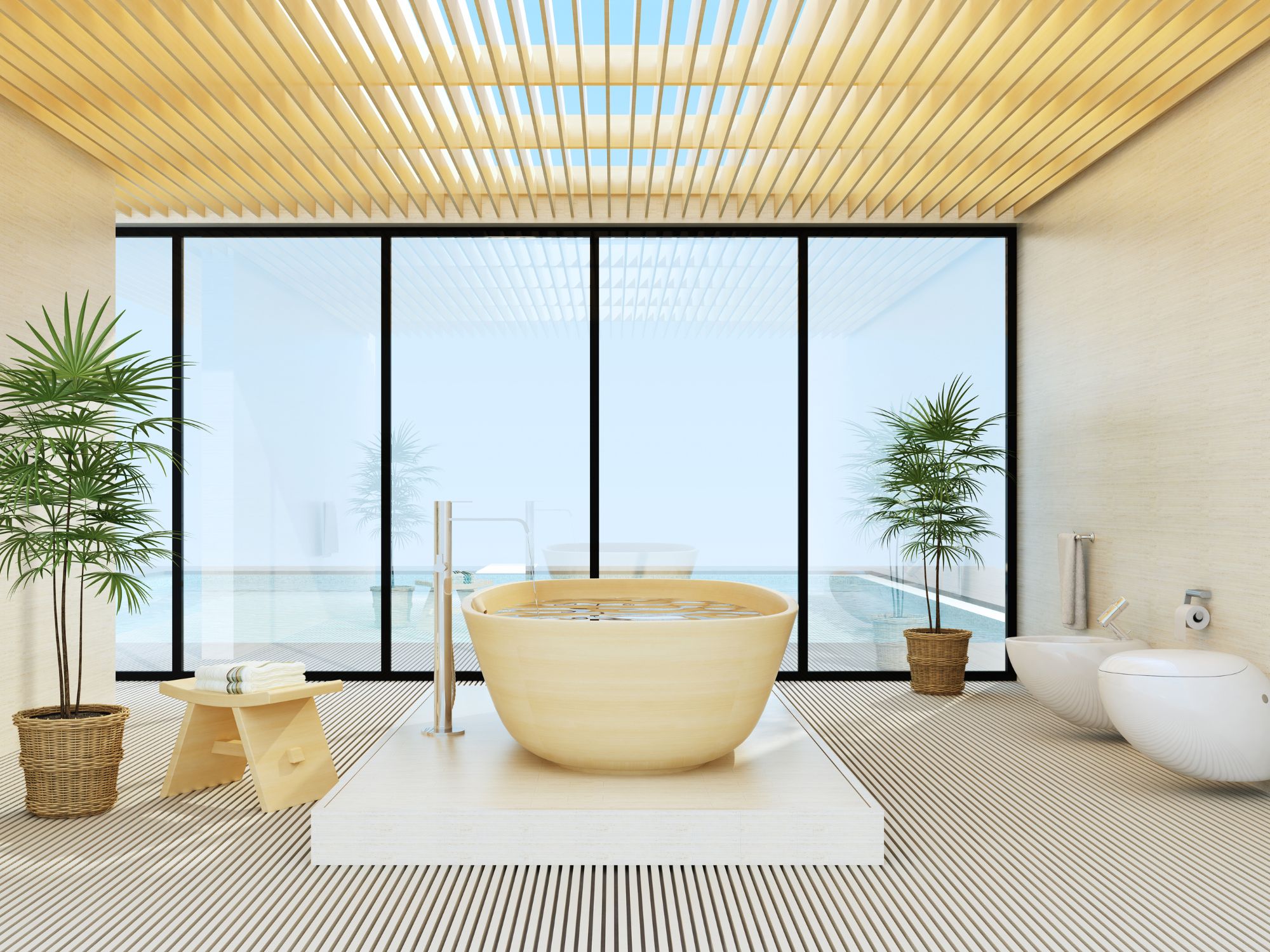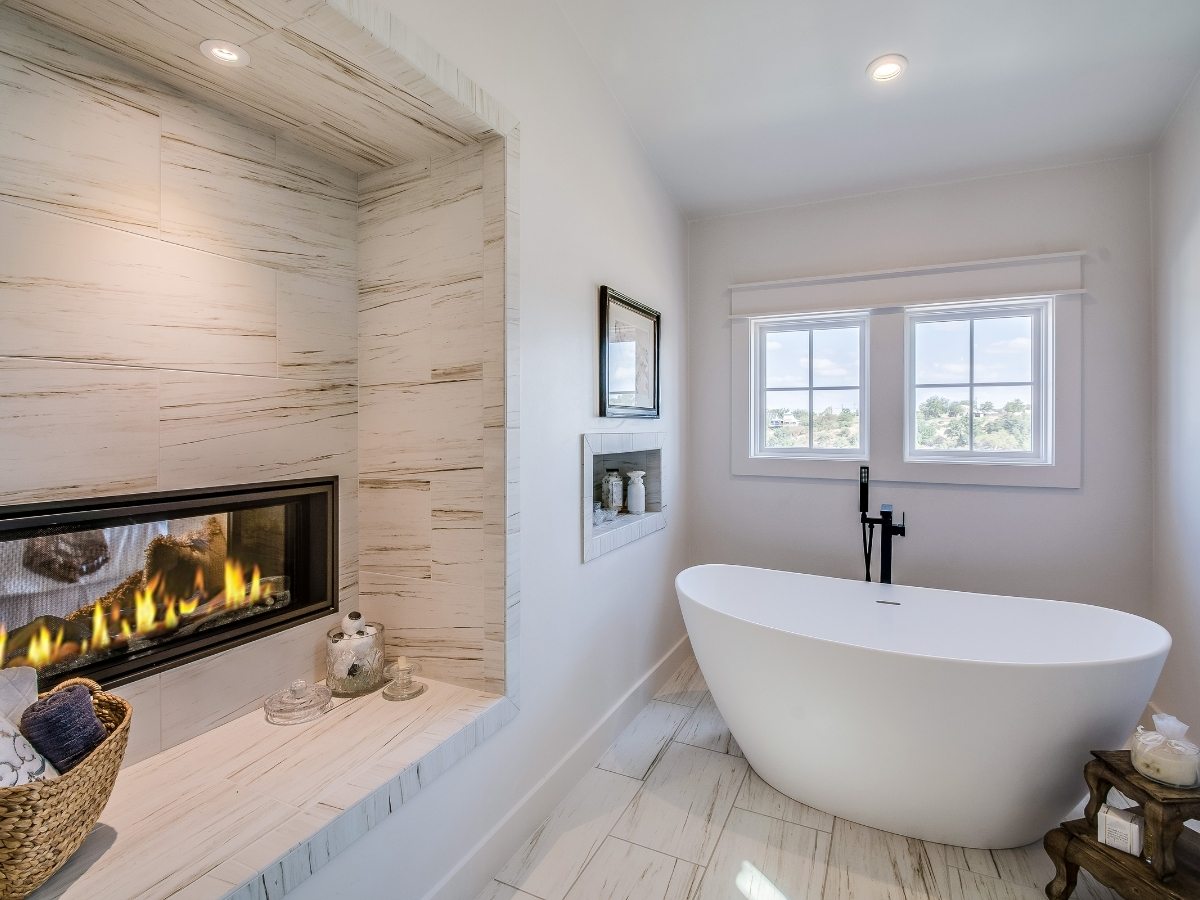This post may contain affiliate links which means I may receive a commission for purchases made through links. I only recommend kitchen appliances that we have evaluated, personally used or curated specifically after reviewing and ensuring its quality! Learn more on my Private Policy page.
Kitchen Appliance – Introduction
Kitchen appliances represent a significant investment for homeowners, both financially and functionally. These essential tools not only dictate the efficiency and functionality of daily routines but also influence the aesthetics and value of the home.

As such, the selection process should never be approached haphazardly. Implementing a systematic methodology in choosing appliances is paramount for several reasons.
First, a well-thought-out methodology ensures that you consider all the essential factors, from cost and energy efficiency to space, layout, and aesthetics. By systematically evaluating each factor, you are better positioned to make choices that provide value for money.
Instead of impulsively buying the latest model or being swayed solely by brand names, you can assess each appliance based on comprehensive criteria, ensuring the selected items align perfectly with your needs and home dynamics.
Second, with a multitude of options available in the market, decision-making can become overwhelming. A methodology acts as a structured guide, simplifying the process. By breaking down the selection into smaller, more manageable steps, you can methodically evaluate options, compare different brands and models, and avoid the pitfalls of making rushed decisions that you might later regret.
Third, consistency in appliance selection leads to aesthetic cohesion in the home. By using a methodology, you can ensure that all appliances, whether in the kitchen, laundry room, or elsewhere, complement each other, thereby enhancing the overall visual appeal of the living space.
Lastly, a systematic approach factors in the long-term implications of the choices made. It emphasizes not just the immediate cost but also long-term expenses related to maintenance, energy consumption, and potential repairs. This foresight ensures that you are not just thinking about the present but also how the appliance choices will affect your lives and wallet in the future.
Understanding Your Kitchen Appliances Needs
Each household has unique needs based on its lifestyle and preferences. A family that frequently cooks may require a larger refrigerator and a more powerful stove, while a couple living alone might opt for more compact appliances.
The type of cooking is important too – if you bake often, you might need a convection oven or a stand mixer, specialize vegetable storage drawers, or a high-BTU range and a wok burner if you frequently stir-fry.
Determine The Full Budget For Kitchen Appliances
Kitchen appliances vary in cost, ranging from budget-friendly options to luxury high-end models. Balance your budget with your needs and remember to factor in the costs of delivery, installation, and potential modifications to your kitchen setup.
Cost Ranges of Kitchen Appliances
Kitchen appliances can vary widely in cost, and the prices typically reflect their features, build quality, design aesthetics, brand reputation, and sometimes, the technology incorporated. For example, a budget-friendly stove might have basic heating elements and controls, while a high-end model could include features like a convection oven, a warming drawer, or induction cooking surfaces.
Similarly, refrigerators range from simple models with basic cooling features to luxury versions that may include features like a touchscreen interface, Wi-Fi connectivity, or a built-in coffee maker.
Balancing Budget with Needs
When choosing appliances, it’s essential to balance your budget with your specific needs and lifestyle. For instance, a home chef or someone who loves cooking might be willing to invest in a professional-grade stove that offers precise heat control, a wider range of burner sizes, and maybe even a griddle or grill.
On the other hand, a busy family might prioritize a larger refrigerator with features that help to preserve the freshness of food for a longer period, or a dishwasher with a larger capacity and quicker wash cycles.
Factor in Additional Costs
The sticker price of an appliance isn’t the only cost to consider. Delivery and installation charges can add to the overall cost, especially for larger appliances. Furthermore, if your new appliance has different dimensions or requires different power or water hookups than your current setup, you might need to pay for modifications to your kitchen.
For instance, if you’re switching from an electric to a gas range, you may need to install a gas line.
Kitchen Appliances Energy Efficiency
While it may be tempting to go for the cheapest option upfront, consider the long-term operating costs. Energy-efficient appliances might have a higher initial cost but can save you money in the long run due to lower utility bills.
Warranty and After-Sales Service
A good warranty and reliable after-sales service can save you money and hassle in case of a malfunction or breakdown. Be sure to check what’s covered under the warranty (parts, labor, etc.) and read reviews of the manufacturer’s customer service.
Kitchen Appliances Reviews and Comparisons
Before making a purchase, it’s a good idea to look at product reviews and comparisons. These can provide insights into an appliance’s performance, reliability, and ease of use, which might not be apparent from the manufacturer’s descriptions.
Determine the Space and Layout For The Kitchen Appliances
The size and layout of your kitchen limit the size and number of appliances you can install. For smaller kitchens, consider compact or multi-function appliances like a microwave-convection oven combo. For larger kitchens, you have more flexibility but must still consider the ergonomic layout for efficiency.
The classic ‘work triangle’ design principle ensures that the refrigerator, stove, and sink are placed in a way that makes cooking efficient.
Kitchen Appliances Dimensions
Before you start shopping, measure the space where each appliance will go. Pay attention to height, width, and depth. If you’re replacing an existing appliance, it’s a good idea to measure that as well, as it will give you a starting point.
Don’t forget to check that there’s enough space to fully open doors and drawers. Also, ensure that there is room for ventilation if required by the appliance.
Kitchen Layout
Think about how your appliances will fit into your kitchen layout. For example, you’ll want to make sure the dishwasher is near the sink for easy plumbing and usability, and the oven and fridge aren’t too close together as the heat from the oven could cause the fridge to work harder.
Traffic Flow
Consider the way traffic flows in your kitchen. You don’t want an appliance door to block a walkway when it’s open, or the fridge to be too far from the main cooking area. If you frequently cook with others, you might want to have enough space for multiple people to move around.
Kitchen Appliances Size vs. Needs
A bigger appliance may seem attractive, but it’s important to balance size with your actual needs. For instance, a large fridge or range may seem luxurious but might overwhelm a small kitchen. On the other hand, if you cook large meals often or have a big family, you might need larger-than-average appliances.
Integrated or Free-standing
Depending on your space and layout, you may consider integrated appliances (which are designed to be hidden behind cabinet doors for a seamless look) or free-standing appliances (which are more flexible as they can stand anywhere in the kitchen as long as they’re connected to the necessary power or water lines).
Future Changes
If you plan on renovating your kitchen in the future, choose appliances that will fit with your future layout. It would be unfortunate to invest in new appliances now only to find they don’t work with your new kitchen design.
Determine Style and Aesthetics Preferences of the Kitchen Appliances
Your appliances should complement your kitchen’s aesthetic. Stainless steel appliances are timeless and suit most kitchens, but you might prefer a vintage look with colored appliances, or a high-tech look with black stainless steel. Consider the finish as well, which can be glossy, matte, or textured. Built-in appliances offer a seamless look, while freestanding ones are easier to install and replace.
Design
Appliances come in many different designs, from sleek and modern to retro to classic. Think about the overall design theme of your kitchen and what style of appliances would complement it. For instance, if you have a minimalist, modern kitchen, you might opt for appliances with clean lines and stainless steel finishes.
If your kitchen is more traditional, you might prefer appliances with more classic details and a white or black finish.
Color and Finish
Appliances come in a variety of colors and finishes, including stainless steel, black, white, and even bold colors or patterns. Stainless steel is popular for its sleek, modern look and its ability to match with almost any décor, but it can show fingerprints and smudges easily. White can make a kitchen look bright and clean, while black can add a sophisticated touch.
Consistency
For a cohesive look, you may want to have all your appliances match each other. This could mean choosing the same brand for all, as many brands keep design details consistent across their product lines. Alternatively, it could simply mean choosing the same finish (like stainless steel) for all your appliances.
Statement Pieces
Some people choose to make a statement with their appliances. This could mean choosing a brightly colored range or a retro-style fridge. A statement appliance can become a focal point in your kitchen, so choose wisely.
Hardware
Also, consider the color and style of the hardware on your appliances, such as handles or knobs. These should ideally match or complement the hardware on your cabinetry.
Integrated Kitchen Appliances
For a streamlined look, you might consider integrated appliances. These are designed to be hidden behind matching cabinetry doors. This can make your kitchen look sleek and clean, but they can be more expensive than freestanding models.
Lighting
Some appliances come with built-in lighting, which can add to the aesthetic appeal as well as functionality. For instance, ranges with under-hood lighting or fridges with bright, energy-efficient LED lights can enhance your experience using them.
Review Energy Efficiency Data
Energy-efficient appliances can help save money in the long term. Look for ENERGY STAR or other energy rating labels, which indicate that the appliance is designed to use less electricity or gas. These appliances might be more expensive upfront, but they can save money and reduce environmental impact over time.
Energy Star Certification
In the United States, Energy Star certified appliances meet a certain set of criteria for energy efficiency set by the Environmental Protection Agency (EPA). These appliances typically use 10-50% less energy than their non-certified counterparts, making them a good choice for both environmental and economic reasons.
Efficient Features
Many appliances come with features designed to save energy. For example, a refrigerator with a power-saving switch enables you to turn down the cooling capacity during times when it’s not needed. Many modern dishwashers have eco modes or sensors that adjust the water and energy usage based on how dirty the dishes are. Some washing machines have cold wash options that can effectively clean clothes while saving a significant amount of energy compared to hot wash cycles.
Size and Capacity
Larger appliances typically use more energy than smaller ones, so it’s important to choose a size that fits your needs but isn’t unnecessarily large. For instance, if you live alone or with one other person, you might not need a large-capacity washer, dryer, or refrigerator.
Energy Guide Labels
In the United States, appliances are required to have an Energy Guide label, which estimates how much energy the appliance uses and compares that to the energy use of similar products. This can help you compare the energy efficiency of different models.
Long-Term Cost Savings
Energy-efficient appliances may have a higher upfront cost, but they can save you money in the long term through reduced utility bills. It can be helpful to calculate the potential energy savings over the expected life of the appliance and compare that to the initial cost difference.
Environmental Impact
Beyond the financial aspect, choosing energy-efficient appliances can reduce your carbon footprint. This is a significant benefit for those interested in making more sustainable choices.
Review Features and Technology Of Appliances
Appliances today come with a variety of features, from basic ones like adjustable shelves in a refrigerator or a self-cleaning oven, to high-tech features like programmable settings, WiFi connectivity, and compatibility with smart home systems. While these can be tempting, remember that more features often mean higher cost, and they can sometimes be more prone to repair issues. Consider the features that are truly important to you.
Smart Home Integration
Many appliances now offer smart features that allow you to control and monitor them from your smartphone or through a home assistant device. For instance, you can preheat your oven on your way home from work, check the contents of your fridge while grocery shopping, or start a load of laundry remotely. These features provide convenience and can also help in energy management.
Energy-Saving Features
As mentioned earlier, many appliances have specific features designed to reduce energy usage. Examples include fridges with vacation modes, washers with load sensing technology to adjust water levels, and ovens with convection settings that can cook food more quickly and evenly, reducing cooking time.
Ease of Use
Consider features that make the appliance easier to use. This might include things like easy-to-clean surfaces, intuitive controls, or appliances that provide feedback, like a washer that signals when it’s unbalanced or a fridge that alerts you when a door is left open.
Advanced Functions
Depending on your needs, you may want to look for appliances with advanced features. For instance, some high-end ovens offer precision cooking modes, some dishwashers have targeted wash zones for heavily soiled items, and some fridges offer quick-chill or quick-freeze compartments.
Noise Level
Some appliances, such as dishwashers and washing machines, have technology designed to reduce noise. If you’re sensitive to noise, or if your appliances are near living or sleeping areas, you might want to consider these quieter models. The lower the decibel rating the quieter the unit.
Safety Features
Look for appliances with safety features such as automatic shut-off in case of overheating, lockable control panels to keep small children from accidentally turning on the appliance, or alerts for things like a clogged dryer vent.
Flexibility
Many modern appliances offer a great deal of flexibility. For example, some fridges have adjustable shelves and compartments, some stoves have bridge elements that allow you to combine burners for large pots, and some dishwashers have adjustable racks to accommodate large or odd-shaped dishes.
Kitchen Appliances – Brands and Reviews
Research and consider the reputation of different appliance brands. Read reviews online, and perhaps ask friends or family for their experiences. Some brands might specialize in certain appliances, offering better performance and durability. Pay attention to the warranty offered, as this can protect your investment in case of early failure.
Brand Reputation
A brand’s reputation can tell you a lot about the quality of the appliances they produce. Brands that have been around for a long time and are known for their quality and reliability might be a safer bet than lesser-known brands.
They often have better customer service, more established supply chains for parts if repairs are needed, and a track record of performance that you can rely on.
Product Reviews
User reviews can give you real-world information about an appliance. While specifications and features are important, reviews can tell you how the appliance performs in actual use, how reliable it is, and how good the manufacturer’s customer service is.
They can also alert you to any common problems or drawbacks of the appliance.
Professional Reviews
Professional reviews, such as those from Consumer Reports or similar organizations, provide an in-depth analysis of appliances. They often perform rigorous testing to evaluate things like performance, reliability, energy efficiency, and ease of use. These reviews can be a valuable resource when choosing an appliance.
Consistency in Reviews
If you see a consistent issue being reported in multiple reviews, it’s likely to be a legitimate problem rather than a one-off incident. For instance, if many people report that a particular model of refrigerator tends to break down after a year, it might be best to avoid that model.
Compare Brands and Models
Use reviews to compare different brands and models. This can help you to understand which features really matter to users, how different brands stack up in terms of quality and reliability, and what you can expect in terms of performance. See comparison table below for your use.
Kitchen Appliances – Installation and Maintenance
Consider the following installation and maintenance considerations:
Installation Considerations
Before purchasing an appliance, consider the installation requirements. Will it fit in the allocated space? Do you have the necessary electrical or gas connections? If you’re switching from a gas to an electric range, for instance, you might need to hire an electrician to install the correct outlet. Or if you’re purchasing a larger refrigerator, you might need to modify your cabinetry. Factor in these potential costs when choosing your appliance.
Professional Installation
For many appliances, professional installation is recommended or even required. Incorrect installation can not only damage the appliance but could also void the warranty. Always follow the manufacturer’s instructions for installation.
Maintenance Requirements
Some appliances require regular maintenance to operate effectively and efficiently. This might include tasks like cleaning the condenser coils on your refrigerator, descaling your dishwasher, or replacing filters in your range hood or water dispenser. Before purchasing an appliance, understand what maintenance is required and whether you’re willing and able to perform these tasks.
Ease of Cleaning
Consider how easy the appliance will be to clean. Does it have removable parts? Are there hard-to-reach crevices where dirt and grime could accumulate? Appliances that are easier to clean will not only look better but also tend to last longer and perform better.
Repairability and Service
At some point, your appliance may need to be repaired. Some brands have a wide network of service providers, while others might not. Check if the brand has service centers near your location. Furthermore, consider the availability and cost of replacement parts.
Some brands’ parts are relatively cheap and easy to find, while others are expensive or need to be special ordered.
Kitchen Appliances Warranty
The warranty can give you peace of mind about your purchase. Be sure to understand what it covers (e.g., parts, labor) and for how long. Some manufacturers offer extended warranties for an additional cost.
kitchen Appliances Evaluation Table
See below for a summary description of each of the criteria in the table below:
| Criteria / Features | Appliance 1 (Brand Model) | Appliance 2 (Brand Model) | Appliance 3 (Brand, Model) |
| Price (including Installation) | | | |
| Size & Dimensions (including door swing, etc.) | | | |
| Energy Efficiency Rating | | | |
| Capacity of the Appliance | | | |
| Key Features (list each Feature) | | | |
| Aesthetics (Colour, Built-in, Freestanding, Finish) | | | |
| Warranty (Length and Coverage Details) | | | |
| User Reviews (Note common Pros and Cons) | | | |
| Installation Requirements (Electrical, Plumbing, Venting) | | | |
| Maintenance Needs (Routine, Professional Service) | | | |
| Longevity / Durability (Expected Lifespan) | | | |
| Noise Level (Dba) | | | |
| Ease of Use (Control Layout, Accessibility) | | | |
| Availability of Parts and Service | | | |
Fill in each cell of the table with the relevant information for each appliance. By doing this different appliances can be compared and a decision can be made based on specific requirements and preferences.
Kitchen Appliances Selection Criteria
Kitchen Appliances Cost & Functionality
Cost (Including Installation): This factor includes the upfront cost of the appliance and any additional costs associated with installation, such as labor or parts. Sometimes, installation can be complicated, requiring a professional and increasing the overall cost. Some appliances may also need additional modifications to your kitchen, adding to the total cost.
Ease of Use (Control Layout, Accessibility): An appliance should be intuitive and comfortable to use. Consider the layout and labeling of controls, the ease of opening and closing doors or drawers, and whether you can easily reach inside to clean or retrieve items.
Size & Dimensions (Including door swing, etc.): Size is critical in ensuring your new appliance will fit in your kitchen. Measure the space where you plan to install the appliance, keeping in mind the width, height, and depth.
Type of Energy (Gas, Electric, Dual): Depending on your preferences and available hookups in your home, this might be a critical factor. Dual fuel ranges offer the best of both worlds but may require special hookups.
Energy Efficiency Rating: Energy-efficient appliances use less energy, saving money on utility bills and helping protect the environment. Look for ENERGY STAR ratings or other efficiency labels. Remember that more efficient appliances often pay for themselves through energy savings over time.
Kitchen Appliances Performance and Aesthetics
Key Features (List each feature): Consider what features are important to you. This could be anything from a self-cleaning oven to a refrigerator with adjustable shelves or a microwave with specific defrost settings.
Connectivity (Wi-Fi, Smart Home Integration): Modern appliances often include smart features, such as Wi-Fi connectivity and compatibility with smart home systems.
Cooking/Baking/Cooling/Freezing Capacity: This refers to how much the appliance can cook, bake, cool, or freeze at one time. For a range or oven, consider the size and number of burners or racks.
Aesthetic (Color, Finish, Built-in or Freestanding): The look of an appliance can greatly impact the overall aesthetic of a kitchen. Consider the color, finish (like stainless steel or matte black), and whether it’s a built-in or freestanding model.
User Reviews (Note common Pros and Cons): User reviews provide firsthand insights into the performance, reliability, and potential issues of an appliance.
Kitchen Appliances Installation and Operations
Installation Requirements (Electrical, Plumbing, Venting): Some appliances require specific installation, like certain electrical outlets, gas lines, plumbing for water and ice dispensers, or venting for ranges.
Longevity/ Durability (Expected Lifespan): Appliances are major purchases, and you’ll want them to last. Higher-quality appliances often have a longer lifespan and can withstand daily wear and tear better.
Availability of Parts and Service: Even well-made appliances might need service at some point. Consider whether the manufacturer or a local company provides service, and how easy it is to find replacement parts.
Maintenance Needs (Routine, Professional Service): All appliances require some maintenance, like cleaning coils on a refrigerator or descaling a dishwasher. Some tasks you can do yourself, while others require a professional.
Warranty (Length and Coverage Details): A warranty protects your investment if the appliance breaks down or requires service. Consider the length of the warranty, a longer warranty often indicates a manufacturer’s confidence in their product’s durability.
Noise Level (If applicable): Some appliances, like dishwashers or refrigerators, generate noise during operation. If your kitchen is open to your living area or you’re sensitive to noise, you might prefer an appliance designed to operate more quietly.
With this comprehensive list of items noted in the table above you can certainly make the optimal decision in choosing the most optimal appliance for your specific need.












